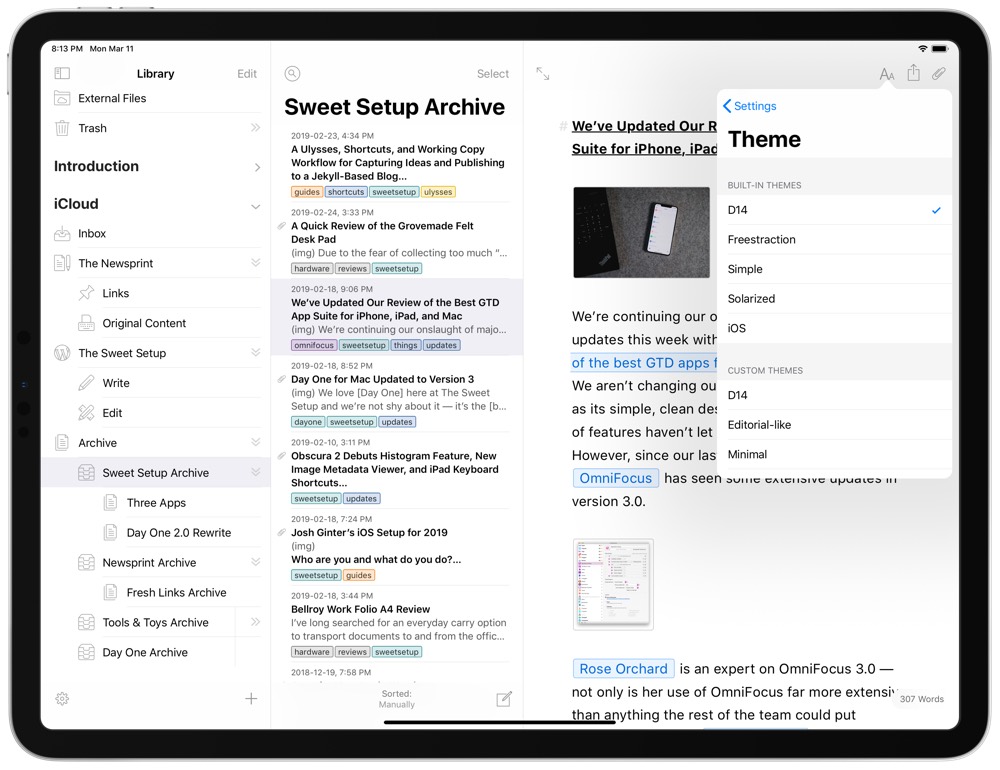

- BEST MAC APP FOR ACADEMIC WRITING HOW TO
- BEST MAC APP FOR ACADEMIC WRITING DOWNLOAD ZIP
- BEST MAC APP FOR ACADEMIC WRITING ARCHIVE
BEST MAC APP FOR ACADEMIC WRITING DOWNLOAD ZIP
You may also find it helpful to look at this sample Scrivener file ( download zip file here) based on material from Zotero. I’ve shared my system in detail below, which may make it look complicated: Consider following the process step-by-step and you should find it quite easy to repeat (or tweak to your own needs) in the future.
BEST MAC APP FOR ACADEMIC WRITING HOW TO
It’s taken some experimentation to figure out how to use Zotero and Scrivener in a way that accelerates my writing. Think of Zotero as the database that helps you get to an outline-or even a first draft. These features make Zotero an ideal partner to Scrivener in writing material based on quoting or citing existing materials.
BEST MAC APP FOR ACADEMIC WRITING ARCHIVE
If it is an item you found online, you can even archive a copy of the Web page and annotate the Web page directly. Zotero is able to recognize the information necessary for a citation on Web sites ranging from JSTOR to Google Scholar to YouTube, and to store that readily available information in your Zotero library… Within the record you are able to attach an unlimited number of documents (Word, PDF, TXT, etc.) as well as create notes about the reference.

As the scholars Jason Muldrow and Stephen Yoder explain in Out of Cite!: Many writers already know Scrivener as a tool for long-form writing, and many academics already use Zotero to track their citations. If you do a lot of writing based on research in JSTOR (or other academic materials), I suspect you’ll find that the combination of Zotero, Scrivener, and Zotfile (a plug-in for Zotero) lets you work much more efficiently, and with better results.Ĭonsider following the process step-by-step and you should find it quite easy to repeat (or tweak to your own needs) in the future. So, this month, I’m doing something a little different with my column: I’m sharing the system I use to write these columns, so that other researchers, writers, and students can use or adapt my system. I now use Scrivener in tandem with Zotero, a bibliographic software tool that makes it easier to organize source materials and insert citations, and I’ve developed a workflow that makes it dramatically easier to draft articles based on scholarly research. I wrote those words two years ago in a column about Scrivener, the writing software I use to write my columns for JSTOR Daily (and other publications). The digital environment in which we do that work may feel crucial to those of us who earn a living through our writing, but this environment should matter to anyone who does significant amounts of writing for work or leisure. How we structure the writing process shapes not only how we articulate our ideas to the world, but also, how we work through those ideas ourselves.


 0 kommentar(er)
0 kommentar(er)
